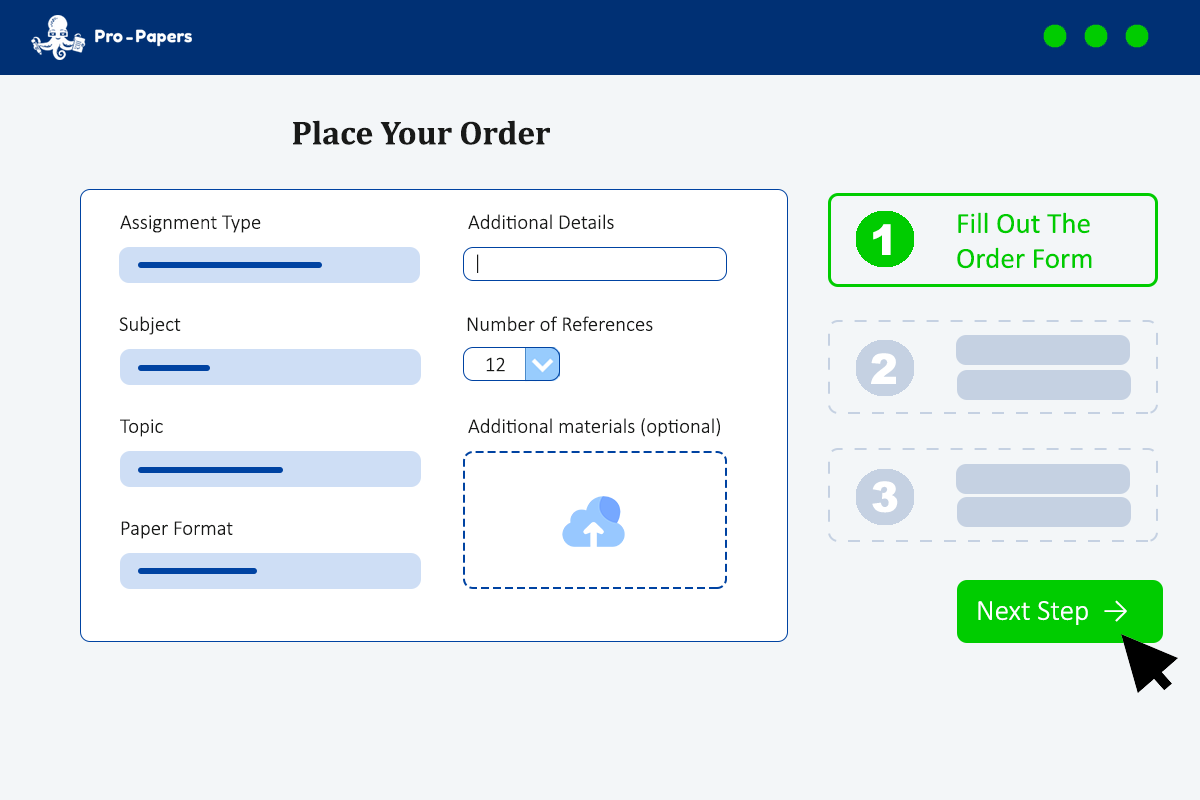In the field of healthcare, particularly for older people, community-centered care has become critical. We should look into this approach because it could improve healthcare, especially for seniors who often need personalized services. In this essay, I will thoroughly discuss the good and bad sides of community-centered care for the elderly. It's critical to understand these benefits and drawbacks due to the growing number of older people globally. We need efficient healthcare plans for them. Community-centered care for the elderly involves a complete, patient-centered approach.
Advantages of Delivering Community-Based Participatory Care to the Elderly
The benefits of providing community-based participatory care to the elderly were historically realized during the influenza pandemic of 1918. When the virus struck, its impact was severe and widespread, burdening the limited healthcare facilities of the time. communities came together to lend a helping hand to their aged members affected by the crisis.
Caring for the elderly in their homes not only proved to be a more comforting and familiar environment for them, but it also freed up valuable hospital resources and personnel for those gravely affected by the pandemic. This community-based approach indirectly pioneered the idea of personalized, participatory elder care.
Benefits of Involving Local Communities in Elderly Care
The old folks feel more welcomed and less lonely, which is good for their mental health. Let's get the community involved in caring for our elderly. This can also encourage them to lead healthier lives and be more active. Through this, they can easily access local facilities. Since people already know each other, they can give personalized care, which leads to better health. This type of care is also cost-effective as it uses resources that are already there.
On the downside, the quality and uniformity of care might not be the same due to different levels of skills and experience. The professional standard of care could be at risk without the right watch over it. The elderly's privacy may also be at risk, given everyone knows everyone else, and this can make them uncomfortable.
Positive Impacts of the Participatory Care Approach on Elderly Well-being
Being part of the decision-making process can lift their spirits and reduce feelings of helplessness that may lead to depression. Making them a part of the care plan makes the care experience personalized and improves their life quality. Make sure elderly people participate in their care decision process! This can also improve their commitment to their care plan, as they are more likely to agree with treatments they've had a say in. This approach can stress out the elderly, especially those with brain-related diseases.
Promotes Self-Independence and Empowerment
There are many benefits to this care method. First off, it pushes the elderly to play an active role in their health care choices. The community's involvement helps them express their needs and wants, eliminating guesswork in caregiving. Give them the chance to state what they prefer; it will give them more control over their well-being. Being involved in their communities through shared care can also boost their social connections and intensify their sense of belonging. Older adults, as social individuals, feel empowered when they partake in regular social activities.
This method also allows them to use their abilities and interests for their communities' benefit, thereby encouraging self-contentment and a sense of achievement. But this system isn't perfect. Some older people might feel burdened by the self-managed nature of the care. Since community-based care needs active involvement, those with serious health problems or awareness issues might find it hard to communicate their needs clearly. Another downside is sporadic care quality. Since most community-based care relies a lot on volunteers or non-professional caregivers, the level of care and the know-how in dealing with complex elderly issues can differ.
Culturally Sensitive and Inclusive Approach
When care providers understand different cultural views on aging and health, they can create and carry out plans that suit each person's cultural background. This method encourages older people to take part and makes them feel important and respected, which boosts their trust and satisfaction. It can also enhance health results as the care offered aligns with their cultural views of illness, treatment, and lifestyle habits.
In addition, an inclusive method usually involves family and community members in the care process. This is good for older people because it provides familiar faces for emotional support and continuity of care. It gives them a sense of community and togetherness, which they may find comforting. This method has some drawbacks. Providing culturally aware and inclusive care can take a lot of time and more resources than usual care.
Care providers may also need special training to understand various cultural backgrounds, which could be expensive. There can also be differences between traditional health beliefs and modern medical knowledge. It can be difficult to navigate these differences, which could sometimes cause misunderstandings or even arguments.
Continued Social Interaction and Community Inclusion
This process can benefit seniors, but it also has possible downsides. Encourage more social interaction for elderly people because it has great advantages. Often, as people get older, they can feel isolated, which can affect their physical and mental health. By involving them in community activities, their quality of life can greatly improve.
Good social relationships also provide mental benefits, like better mood and increased self-esteem. Being part of a community can help older people feel less lonely or worthless. By taking part in community events, elderly people can feel like they belong, stay active, and keep their minds healthy. In addition, this care model can help seniors to be more independent, which is important for their overall happiness.
On the other hand, there are potential drawbacks. Not all elderly people can actively participate in community events. Health problems might make it hard for them to get involved, and mental illnesses like dementia can make social interaction challenging. Ensure that these programs truly include everyone and don't make them feel patronized or unimportant. These care models depend heavily on the community's commitment to give support, which might not always be there.
Potential Challenges in Implementing Community-Based Participatory Care for the Elderly
Making homes suitable, using new technology, and employing trained workers could be expensive, and not all communities might afford it. It might also be hard for smaller, countryside communities to find and keep the right healthcare workers.
Another problem is making sure the care quality is consistent. Regular care usually lowers the chance of mistakes and differences in care. But with lots of local care providers, it might be hard to keep quality the same. There can also be many perks of local care for the elderly. It's usually better for older people to stay at home with their possessions and memories rather than moving into homes or hospitals.
This method also encourages community well-being and cooperation, which reduces feelings of loneliness among older people. The main advantage of this approach is that it can be shaped to fit the needs of older people in their own community.
Financial and Logistical Considerations
On the good side, this kind of care can lower costs a lot. Cut the high prices of things like nursing homes or private health care by using shared resources in community services. Make use of unused community spaces and use local volunteers to save on hiring staff.
Also, community care often focuses on preventing problems. By encouraging good health habits and early spotting of health issues, you could cut long-term medical costs. You might also make money within the community itself—jobs might come from running and coordinating these care facilities. But this community care model can also cause money problems. The starting costs of setting up the services, training volunteers, and advertising can be high. And the challenge of continuously getting money for these projects, as they usually depend on unstable donations, grants, or public funding.
Planning-wise, community care can also be problematic because of the individual needs of older people. Giving personal care in a community space might be hard. There's a risk that those with complex or severe health needs might not get enough help or resources. Geographically, the spread-out living places of older people could make delivering services hard too. Still, the benefits include the chance to build a solid community, create relationships, and increase involvement among older people.
Concerns regarding quality of care and elderly abuse
Better care in a familiar environment can greatly improve elderly people's mental health since they feel safe and comfortable. Seniors can make the care they get better by giving regular feedback. It lets them keep control of their lives, encouraging independence and respect. Concerns about the quality of care and elder abuse are serious. Poor care can happen if caregivers don't have proper training. This means they need continuous education in this kind of care model. Family members, even though they provide personal care, may lack the expert skills needed for later health problems, which could affect the care quality.
Elderly abuse is a common and serious problem in community care settings. Abuse comes in many forms, from physical and emotional to financial or neglect. This issue is often due to caregiver stress, lack of support, and a possible power imbalance. It's harder to notice abuse in a home environment because there's no third party watching.
To Conclude
These include better health, more social interaction, and greater patient empowerment. Developing a feeling of community and easier access to health services helps the elderly improve their health and general well-being. This method is especially useful in rural and disadvantaged areas where there may not be many healthcare resources. But it's important to remember this model also has disadvantages. Different cultural and personal values within the community can cause disagreements and misunderstandings. Unequal distribution of duties can also cause stress among volunteers. Community involvement in tackling complex health issues requires enough training and education. Despite these potential problems, use efficient strategies and programs to address these issues.







